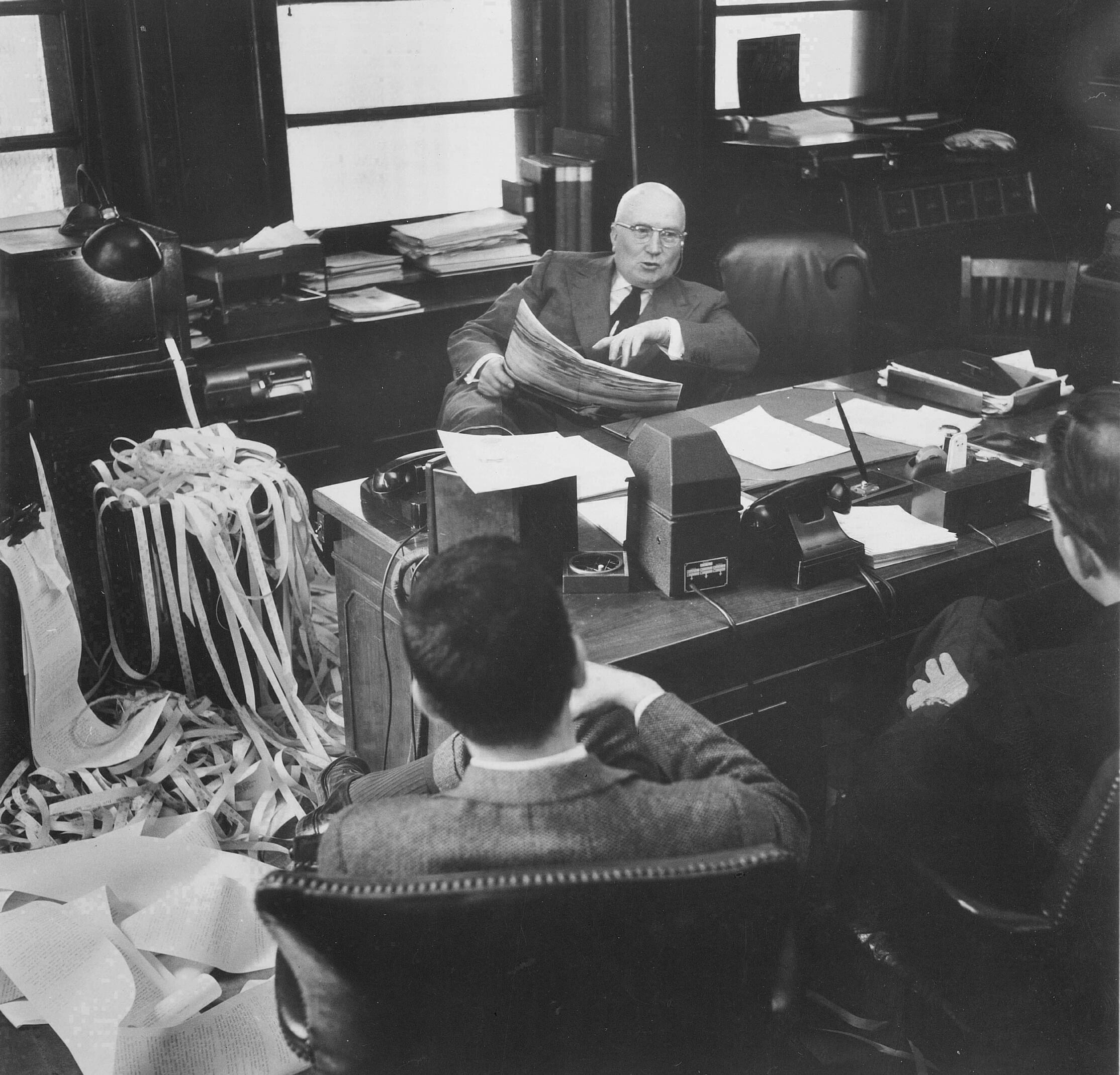Thu, 25 Oct 2018
Many young people are deep in debt: Millennials between the ages of 25 and 34 have an average of $42,000 of debt per person and members of Gen Z (ages 16 to 20) already have an average debt of $4,343. And as interest rates rise, that debt is often becoming more expensive to pay off.
Billionaire investor Ray Dalio, the founder of the world's largest hedge fund, Bridgewater Associates, advises young people to do a bit of analysis before they agree to take out a loan.
"Be very careful about debt," Dalio tells CNBC Make It. "Some is good and some is bad."
When it comes to borrowing money you'll have to pay back at a higher cost — anything from credit card debt to student loans to home mortgages and auto loans — Dalio suggests asking yourself one question: Will the debt help you save or earn more money in the future?
"Debt that produces more cash flow than it costs is good," Dalio says. For example, taking a loan to complete an advanced degree that will raise your salary above the cost of the loan's monthly payments and interest is a good form of debt, according to Dalio.
Another type of good debt is the kind that forces you to save money over time. For example, monthly payments on a home mortgage are a type of forced savings, he says, because you are socking away money into an asset you can later sell.
Since Americans often struggle to save (the personal savings rate has hovered around 6.6 percent in the U.S. since June) forced savings can be an important mechanism for Americans to store wealth without being tempted to spend it.
"Debt that creates forced savings, which is greater than you would save if you didn't have it, like buying a house, will produce good debt," Dalio explains.
Unlike taking on debt to earn more or to save more, getting a loan to buy something that won't help you in the future is a bad idea.
"Debt for consumption, or for anything that doesn't produce more income than it costs, is bad debt," Dalio says.
Racking up credit card debt by shopping for clothes or dining out and not paying off the balance at the end of the month is an example of bad debt. The average interest rate on credit cards is close to 17 percent, and consumers spent over $100 billion on credit card interest payments and fees in the last year, according to data from Magnify Money.
As a rule, Dalio prefers to avoid taking on debt whenever he can.
"I'm personally very debt and risk averse — probably too much so," he says. "That's probably because my dad lived through the Great Depression and war and he impressed upon me the freedom from worry one gets from having savings and no debt."
Dalio is worth an estimated $18 billion, according to Forbes, and founded Bridgewater Associates in his two-bedroom apartment in New York in 1975. From its founding through 2017, Bridgewater returned the biggest cumulative net profit for a hedge fund ever, according to data from LCH Investments.
"I never had significant personal debt, and I built Bridgewater without borrowing a dime or raising a dime from outside equity, and I made sure it has significant savings," Dalio says. "Besides having peace of mind, it gave me the power of knowing that I could never be knocked out of the game."
https://www.cnbc.com/2018/10/23/ray-dalio-ask-yourself-this-question-before-taking-on-debt.html
